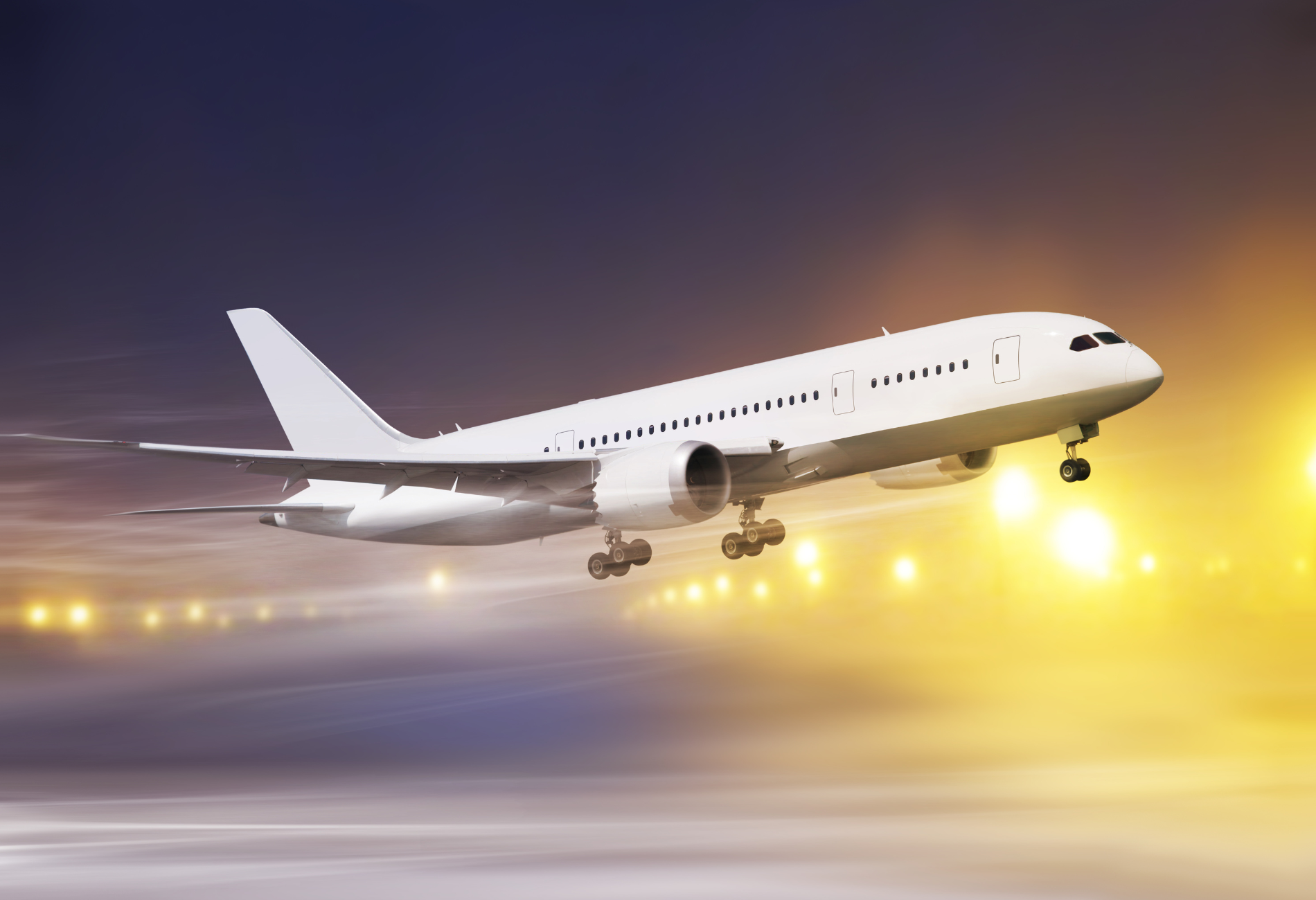I think I was the last person in the world to learn about ChatGPT, so excuse me if I’m pretty stunned that AI also has the capabilities of making long-haul flights desirable.
Flight planning with AI
Flight planning is especially important on ultra-long-haul routes, where aircrafts are pushed to their limits. AI helps airlines calculate quickly and efficiently, allowing them to reduce fuel reserves while still ensuring a high chance of making the trip nonstop. Air New Zealand and Qantas are currently working with AI-powered software for flight planning needs—using it to determine fuel-efficient routes in order to reduce the need for refueling stops. The software also helps pilots catch a tailwind, and provides warnings about bad weather.
Shorter routes also benefit from AI
AI is not just being used on ultra-long-haul routes, however. Carriers like Swiss International Air Lines and Lufthansa are also leveraging AI to improve operational efficiency. Swiss has used AI technology to optimize over half of the flights in its network, while Lufthansa is using AI models to better understand wind flow patterns that can lead to delays or cancellations. Delta Air Lines, JetBlue, and American Airlines are also investing in AI.
AI could helps airlines make a comeback
Considering all the drama airlines like Southwest have encountered in recent months, it’s safe to say airlines are happily leaning on AI to make life easier for everyone involved, from pilots to customer service representatives. AI can help airlines schedule staff more efficiently, predict weather conditions, and even reduce fuel consumption. So maybe, just maybe, there won’t be swarms of people stranded at airports due to flight cancellations, or deplaning after hours on the tarmac due to staff exceeding their hours. The horror!









 by your friends at The Daily Navigator
by your friends at The Daily Navigator



